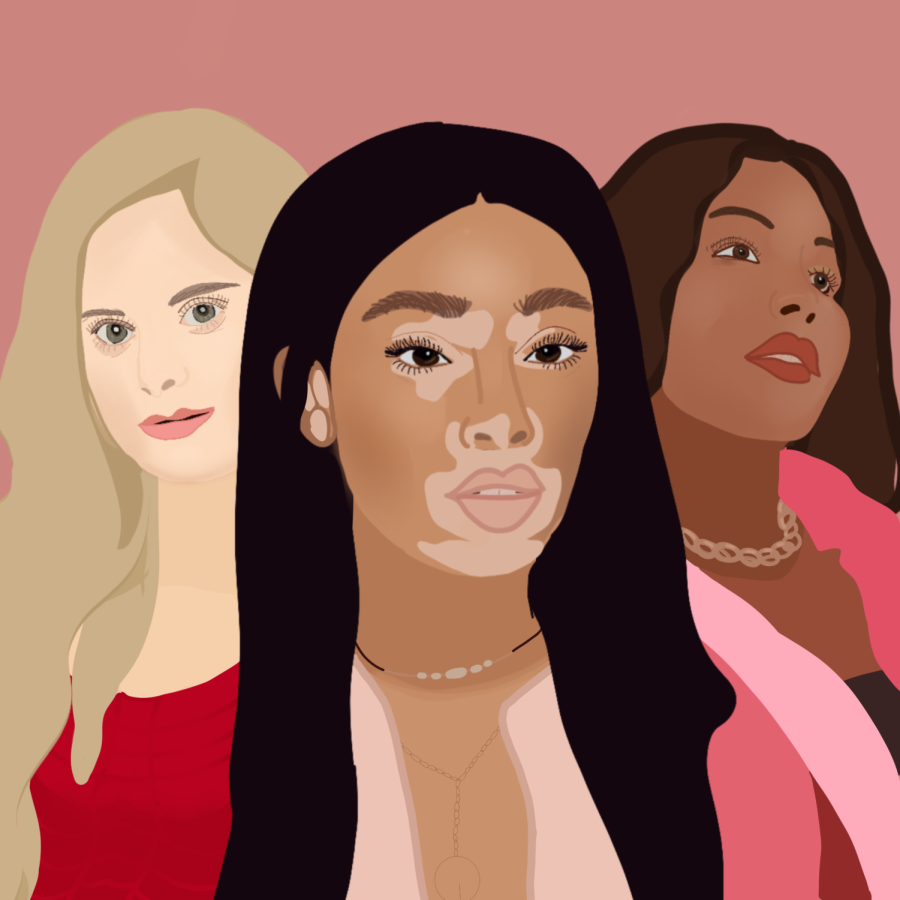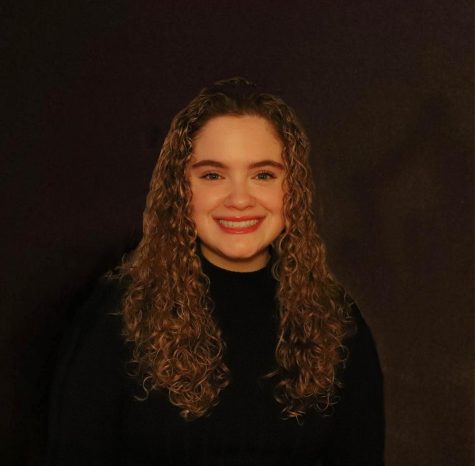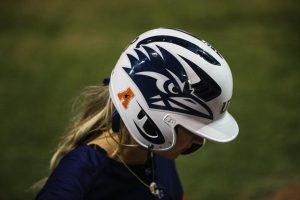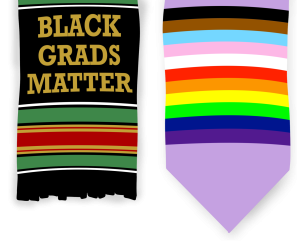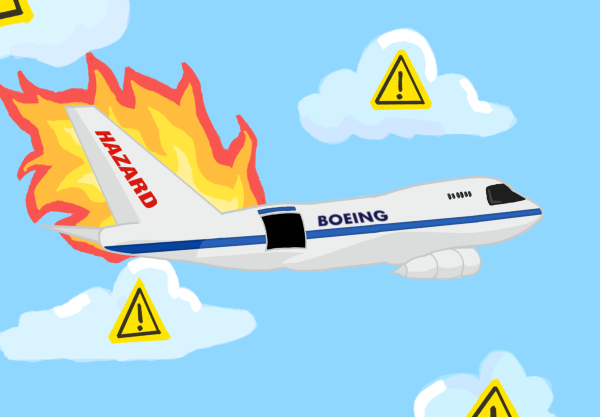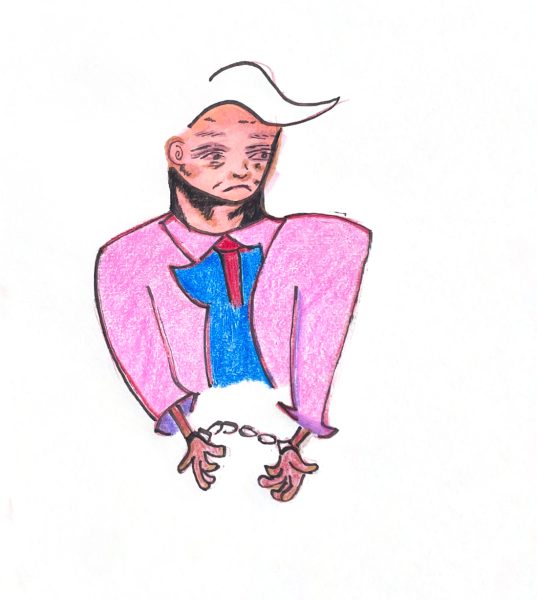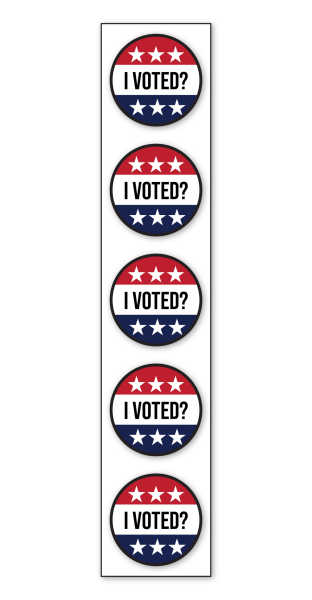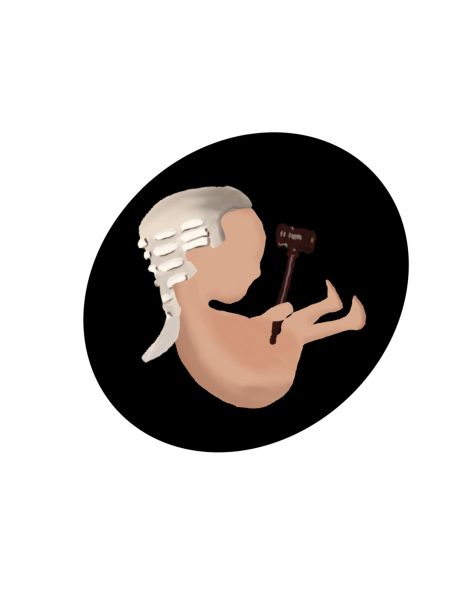Diversity in the modeling industry
April 5, 2022
As we become more critical of how society depicts women, companies have started to diversify the types of people they include in their campaigns. Not too long ago, the only women that appeared on the runway reflected what society deemed beautiful. Tall and thin was the standard for modeling on the catwalk, but in an effort to embrace our individuality and uniqueness I want to highlight some of the inspiring women changing the face of the modeling industry.
Plus-size models are fighting for their place on the runway, as representation for all shapes has been considerably desired for many years. Paloma Elsesser, a plus-size model, is the newest face of Rihanna’s Fenty Beauty and has been featured in many Vogue Magazines. She has worked for big companies such as Nike, Mercedes-Benz and Elle. Paloma Elsesser is one of many upcoming plus-size models in the industry and works exclusively with companies that she knows support other plus-size models. In 2020, she was nominated for model of the year by model.com. With such big accomplishments, Paloma is opening the door for other plus-size women in the modeling world.
Sofia Jirau, a model from Puerto Rico, is the first Victoria’s Secret model with Down Syndrome. Jirau has gained a lot of support recently from Puerto Ricans everywhere as she strives for an equal opportunity in the industry. The Puerto Rican model is known for her signature phrase, “Alavett,” pronounced “I love it.” The phrase is the center of her brand and merchandise surrounding it. On Jirau’s website, it states, “Her genuine desire is to be an inspiration to those who are born with an extra chromosome just like her.” Her story has touched and inspired many people as she continues to make strides in her modeling career. I am hopeful that her inclusion in Victoria’s Secret will allow more models with disabilities to start walking the runway.
Winnie Harlow, a widely famous model with vitiligo, was the first Victoria Secret model with this skin condition. In an interview, the model talks about her first show with Victoria Secret, “Any step toward a truly equal and diverse modeling industry is great, but for a huge brand like Victoria’s Secret to include models with skin conditions like vitiligo is a huge step to normalizing it in the entire industry. I hope that there’s many more in the future. We need to work toward diversity, not for the sake of it, but to make it the norm.” It is easy to see that Harlow is well-versed in the business of promoting diversity and empowering other women, who may not be traditionally beautiful, to chase their dreams. She has pushed through the negative comments from the modeling industry and consumers on subjects like racism and her skin condition. However, Harlow has persevered to show others that models of all types deserve to walk the runway.
As they face criticism and discrimination from our society, they have powered through it all to get to where they stand today. It is like a breath of fresh air to see models that look a little more like the diverse people I see every day. Here is to hoping that their impact on the modeling world will cause a domino effect in creating opportunities for all women of all shapes, colors and sizes.

